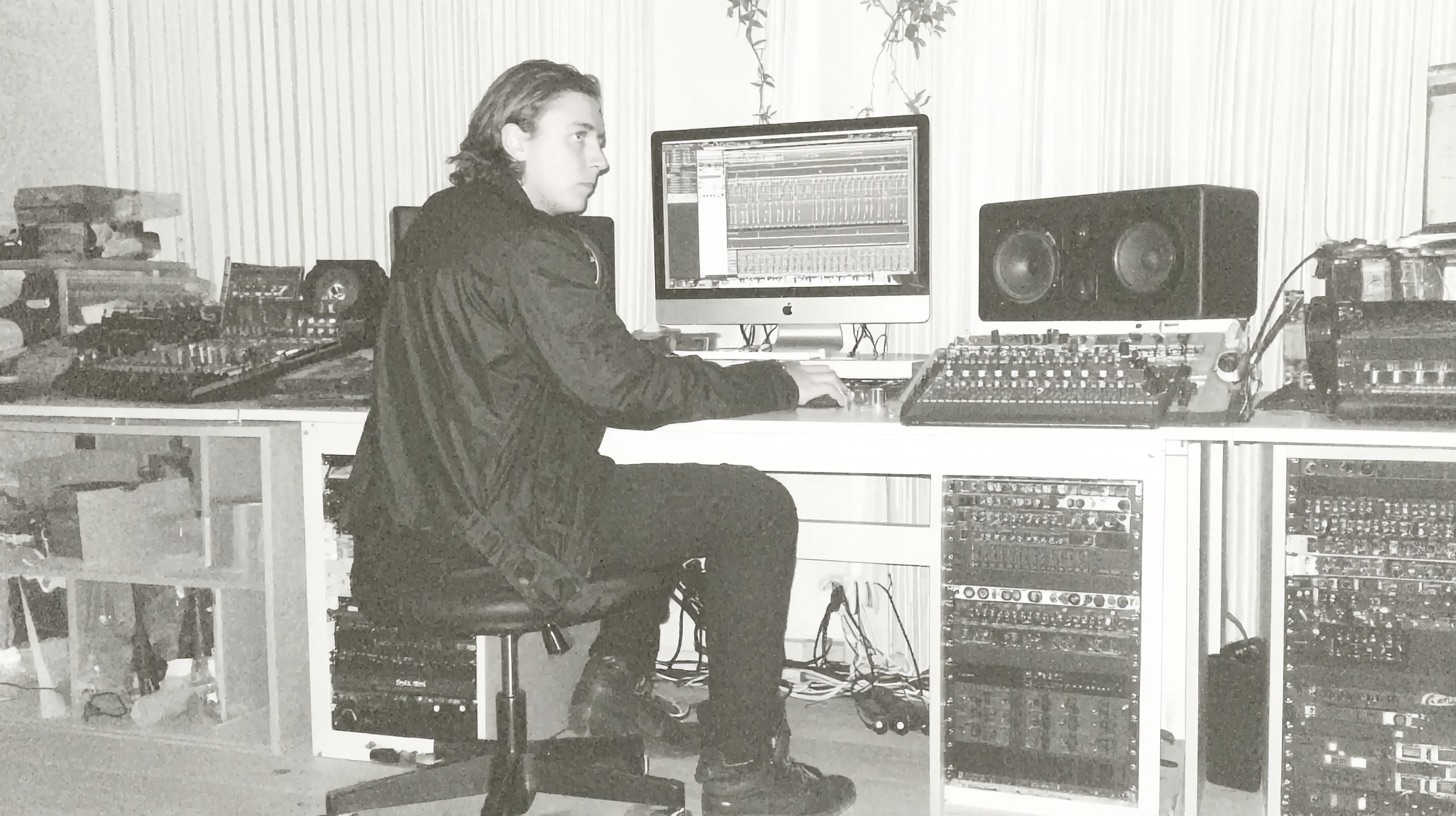
Jens Bogren’s Snare Blending Techniques for Massive Amon Amarth Drums
Nail The Mix Staff
Getting a snare to cut through a dense wall of downtuned guitars in a modern metal mix is one of the biggest challenges producers face. You need punch, depth, body, and crack without it sounding fake or getting lost. In a session for Nail The Mix, legendary producer Jens Bogren (Opeth, Arch Enemy, Dimmu Borgir) broke down his multi-layered approach to blending a monstrous snare tone for Viking metal titans Amon Amarth.
It’s more than just slapping a sample on top. Jens combines organic mic techniques, carefully selected samples, and a killer parallel processing trick to give him total control over the snare’s character. Let’s dive into his method.
The Foundation: Blending Mics and Samples
Like most modern metal productions, Jens starts by blending the close mics with samples. But his approach is all about making them work together to create something bigger and better than the source tones alone.
Phase Aligning the Organic Mics
Before any samples get involved, it’s crucial to get the relationship between the top and bottom snare mics right. Jens notes that checking the phase is step one. A common starting point is to slide the bottom mic’s audio back slightly to align it with the top mic. He mentions that a delay of around 10-15 samples on the bottom mic is a typical move to get a fuller, more cohesive sound.
The amount of bottom mic he blends in depends heavily on the context. The more samples he uses, the more of the bottom mic he’ll often add. Why? To inject some of the real “rattles” and “randomness” of the snare wires into the sound, making the stack of samples feel more organic and less robotic. For songs with lots of intricate ghost notes, the bottom mic is essential for a natural feel.
Choosing the Right Samples
When the organic snare just isn’t hitting hard enough on its own, Jens brings in samples for support. He uses Steven Slate Trigger 2 to host his personal, curated library of sounds he’s collected over years of producing.
His philosophy isn’t about replacing the snare but augmenting it. He’ll set up several instances of Trigger 2, each with a sample serving a specific purpose:
- Attack: One sample might provide the initial crack and punch. He mentions using a “Spike” sample from a D-drum microphone for added bite.
- Depth: Another sample adds the body, weight, and low-mid “thud.”
- Ambience: A third layer provides room sound or reverb, helping the snare sit in the mix with the rest of the kit instead of sounding like a disconnected element.
By blending multiple samples, you can build a composite snare that has all the characteristics you need.
The “Smack & Ring” Trick: Total Dynamic Control
Here’s where it gets really interesting. This is a powerful technique Jens uses to get surgical control over the snare’s attack and sustain, separate from the samples. He duplicates the original top snare track twice and processes them in parallel.
Creating the “Ring” Track
The first duplicate is for sustain. The goal is to isolate the body and ring of the snare while getting rid of the initial transient.
- Duplicate the Snare: Create a copy of your main organic snare track.
- Isolate the Sustain: Use a transient designer to turn the attack all the way down and boost the sustain. The classic SPL Transient Designer is perfect for this. This leaves you with just the “dooooom” of the snare shell and the decay.
- Clean it Up with EQ: When you boost sustain this much, you also boost cymbal bleed. This will make gates sound choppy and unnatural. Instead, Jens uses some careful EQ to find the primary frequencies of the snare’s ring and filter out the noisy bleed in the highs, making the track usable.
Crafting the “Smack” Track
The second duplicate is all about creating an ultra-punchy, clipped attack. For this, Jens prefers a different tool.
- Duplicate Again: Make another copy of the original snare track.
- Enhance the Attack: While the SPL is great for sustain, Jens turns to a different plugin for attack-only duties, like the Softube Transient Shaper or the Sonnox Oxford TransMod.
- Dial in the Crack: He cranks the attack with a fast setting and pulls the sustain all the way down. The goal isn’t just a punchy transient; it’s to create an aggressive, almost clipped “crack” that adds the feeling of a stick hitting the rim. This adds an edge that the original microphone might have missed. Shaping transients like this is a key part of dynamics, just as crucial as learning the ropes of metal compression.
Now, you have three separate faders controlling your organic snare: the original track, the “Ring” track, and the “Smack” track. By balancing these three faders against your sample blend, you gain an insane amount of control. If the snare needs more attack to cut through a busy chorus, you can just nudge up the “Smack” fader. If it feels too choked and you need more body in a verse, push up the “Ring” fader.
Bringing It All Together
Jens Bogren’s approach to the Amon Amarth snare sound is a masterclass in modern metal mixing. It’s about building a powerful tone layer by layer.
- Start with a solid foundation: Get your top and bottom mics in phase.
- Use samples for support: Blend multiple samples, each serving a specific purpose (attack, body, ambience).
- Create parallel “Smack” and “Ring” tracks: Use transient shapers on duplicated snare tracks to gain independent control over attack and sustain.
- Blend to taste: Mix all these elements—the mics, the samples, and the parallel tracks—to create a final monster snare that’s powerful, dynamic, and perfectly sculpted for the song.
These are techniques you can apply to your own mixes right now to get beyond presets and start crafting truly professional drum sounds. But reading about it is one thing. Imagine watching Jens dial in these faders, tweak the EQs, and make every decision in real-time on the actual Amon Amarth multitracks.
Amon Amarth on Nail The Mix
Jens Bogren mixes "Twilight of the Thunder God"
Get the Session
With Nail The Mix, you can. Every month, you get to be a fly on the wall as a world-class producer mixes a legendary song from scratch. You get the raw multitracks to practice on yourself and join a community of producers dedicated to leveling up their skills.
See how Jens Bogren builds his entire Amon Amarth mix from the ground up. Check out the full session here and start learning the techniques that will help you unlock your own sound.






